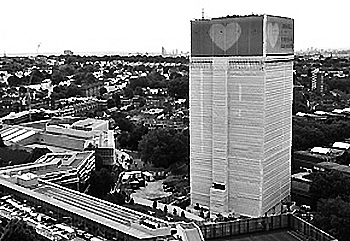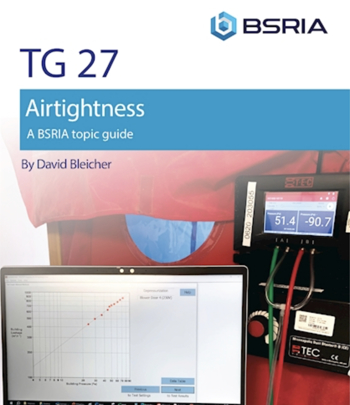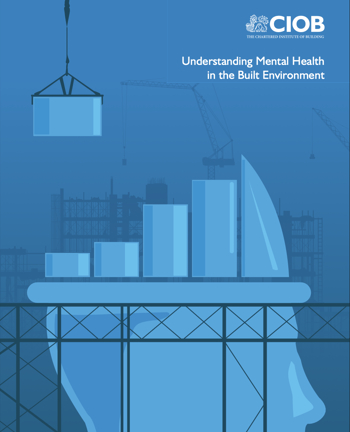Accident
An accident is an unexpected event, typically sudden in nature and associated with injury, loss, or harm. In terms of construction, accidents can relate to property damage as well as personal injury.
Legally, accidents might be sustained as a result of tasks relating to a building or other built asset, such as constructing, improving, repairing, cleaning or demolishing. The unforeseen or unintentional damage that has occurred to the person or item which results in a loss of function might be referred to as accidental damage. The most common construction accidents which make up 35% of all incidents are falls, these often occur from scaffolding, ladders, roofs, chimneys, etc.
A large number of mechanisms and policies are in place on construction sites to try to tackle and reduce the number of accidents in the workplace and the impact these might have on people and property. Such examples are Health and Safety procedures, Construction (Design and Management) Regulations (CDM), The Personal Protective Equipment ( PPE) at Work Regulations 2022, toolbox talks, first aiders, accident reporting, accident log books, permits to work, risk assessments and method statements and so on.
Whilst accidental damage refers to damage that is not wilful or deliberate and caused by a 'chance' event, deliberate or willful damage refers to intentional damage. This may be considered a misdemeanour, it is unlawful and can lead a prison sentence. Negligence is a term that may be discussed in association with accidents, referring to whether said accident occurred because of carelessness or lack of duty of care.
Force majeure are extreme events that are beyond the parties' control. Types may sometimes be listed in a construction contract. Some specific forms of accident might be included as well as acts of war or terrorism, civil or military disturbances, nuclear or natural catastrophes or acts of God.
Many cases exist where the lines between purely accident damage and damage through neglect or poorly exercised duty of care are unclear.
In many cases some form of insurance will be taken out to cover any potential liability to persons or organisation that are responsible for property, site or workers.
Damages refers to the monies that might awarded to an injured party for a personal injury or some form of loss in compensation cases. There are two general categories of damages: general damages and special damages, also referred to as non-economic and economic damages.
[edit] Related articles on Designing Buildings
- Accident book.
- Accident reports in construction.
- Architects liability.
- CDM.
- Defects.
- Defects liability period.
- Employers’ liability insurance.
- First aider.
- Force majeure in construction.
- Health and safety.
- Injuries on construction sites.
- Joint and several liability.
- Liability.
- Near miss.
- Notification to HSE.
- Occupational accident.
- Occupational health.
- Occupational injury
- Reporting accidents and injuries on construction sites RIDDOR.
- Safety audit.
- Site records and registers.
- Slip and trip hazards.
- Toolbox talk.
Featured articles and news
The UK's Modern Industrial Strategy: A 10 year plan
Previous consultation criticism, current key elements and general support with some persisting reservations.
Building Safety Regulator reforms
New roles, new staff and a new fast track service pave the way for a single construction regulator.
Architectural Technologist CPDs and Communications
CIAT CPD… and how you can do it!
Cooling centres and cool spaces
Managing extreme heat in cities by directing the public to places for heat stress relief and water sources.
Winter gardens: A brief history and warm variations
Extending the season with glass in different forms and terms.
Restoring Great Yarmouth's Winter Gardens
Transforming one of the least sustainable constructions imaginable.
Construction Skills Mission Board launch sector drive
Newly formed government and industry collaboration set strategy for recruiting an additional 100,000 construction workers a year.
New Architects Code comes into effect in September 2025
ARB Architects Code of Conduct and Practice available with ongoing consultation regarding guidance.
Welsh Skills Body (Medr) launches ambitious plan
The new skills body brings together funding and regulation of tertiary education and research for the devolved nation.
Paul Gandy FCIOB announced as next CIOB President
Former Tilbury Douglas CEO takes helm.
UK Infrastructure: A 10 Year Strategy. In brief with reactions
With the National Infrastructure and Service Transformation Authority (NISTA).
Ebenezer Howard: inventor of the garden city. Book review.
The Grenfell Tower fire, eight years on
A time to pause and reflect as Dubai tower block fire reported just before anniversary.
Airtightness Topic Guide BSRIA TG 27/2025
Explaining the basics of airtightness, what it is, why it's important, when it's required and how it's carried out.
Construction contract awards hit lowest point of 2025
Plummeting for second consecutive month, intensifying concerns for housing and infrastructure goals.
Understanding Mental Health in the Built Environment 2025
Examining the state of mental health in construction, shedding light on levels of stress, anxiety and depression.





















